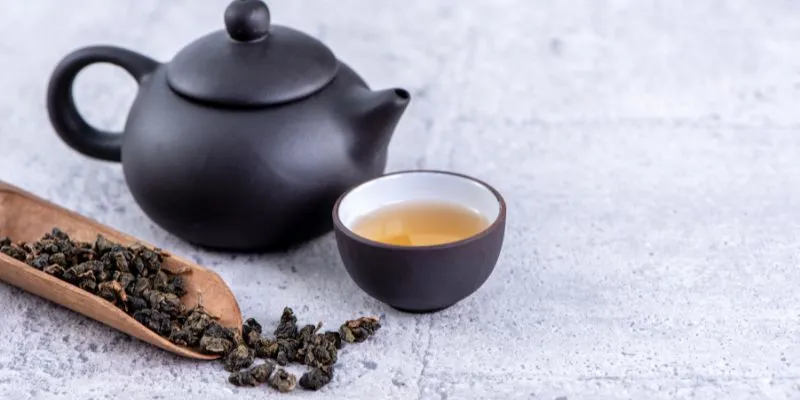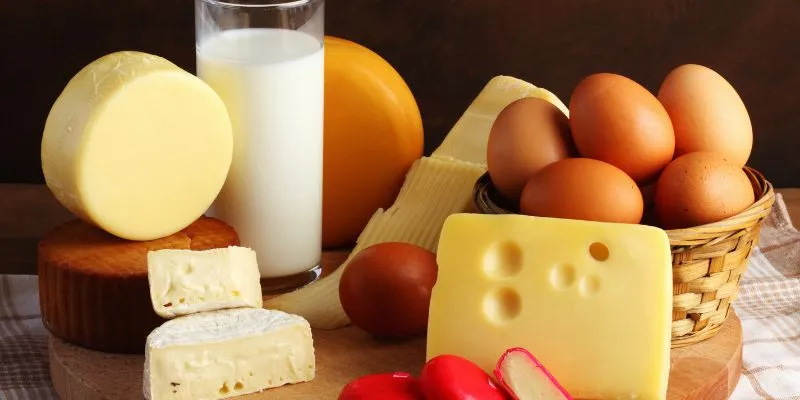Very Low-Calorie Diets: What You Need to Know
Extreme weight-loss strategies known as Very Low-Calorie Diets (VLCDs) reduce daily calorie intake to 800 calories or fewer. These diets are often used for rapid, temporary weight loss, particularly for individuals dealing with obesity or medical conditions like diabetes.
VLCDs can lead to rapid weight loss by significantly cutting calorie intake. However, these diets are not intended for long-term use and are not without risks. It is crucial to understand the pros and cons of VLCDs before considering them as a weight loss option. This article provides essential information about VLCDs to help you make an informed decision.

What Is a Very Low-Calorie Diet?
A Very Low-Calorie Diet (VLCD) typically limits daily calorie intake to between 400 and 800 calories. It is often recommended for individuals with a Body Mass Index (BMI) of over 30 or those needing rapid medical improvements, such as blood sugar level control for diabetes. This is a medically supervised program involving meal replacements like shakes, bars, or soups, which provide essential nutrients while drastically reducing calorie intake.
Although VLCDs offer rapid weight loss, they are generally recommended for short periods—usually eight to twelve weeks—under healthcare supervision due to potential risks such as nutrient deficiencies and muscle loss. VLCDs create a significant calorie deficit, prompting the body to burn stored fat for energy, leading to quick weight loss. However, they can also slow metabolism, complicating long-term weight loss maintenance.
Benefits of Very Low-Calorie Diets
VLCDs offer several potential benefits, especially for those needing to lose a significant amount of weight quickly for medical reasons. Key advantages include:
- Rapid Weight Loss: VLCDs facilitate fast weight reduction, offering a quick solution for obese individuals or those seeking immediate health improvements. Patients can lose three to five pounds per week.
- Improvement in Health Markers: Rapid weight loss often leads to improvements in health markers such as blood sugar levels, cholesterol, and blood pressure. VLCDs can help manage or even reverse conditions like type 2 diabetes.
- Increased Motivation: Achieving immediate results can motivate individuals to stay committed to their weight loss goals. Early success often encourages continued dedication to healthier living.
- Reduction in Obesity-Related Risks: Quick weight loss can reduce the risk of obesity-related conditions, including heart disease, stroke, and certain cancers.
While these benefits are appealing, it is important to recognize the risks and challenges associated with VLCDs, which may not be suitable for everyone.
Cons of Very Low-Calorie Diets
VLCDs come with significant drawbacks, including:
- Nutrient Deficiencies: The low-calorie intake can make it difficult to obtain all necessary vitamins, minerals, and nutrients, leading to deficiencies in essential minerals like calcium, magnesium, and potassium without proper supplements.
- Muscle Loss: While VLCDs promote fat loss, they can also lead to muscle loss, as the body may break down muscle tissue for energy, slowing metabolism and reducing physical strength.
- Metabolic Slowdown: Drastic calorie reduction may slow metabolism, making weight loss more challenging over time. Maintaining weight loss after the diet ends can be difficult.
- Possible Side Effects: VLCDs can cause fatigue, dizziness, irritability, headaches, and constipation due to insufficient nutrient and energy intake.
- Not Sustainable Long-Term: VLCDs are not designed for long-term weight management. Regaining weight after completing the diet is common, especially if unhealthy eating habits are resumed. This can lead to yo-yo dieting, where lost weight is regained, sometimes with additional pounds.
These drawbacks highlight why VLCDs should only be undertaken with medical supervision.

Who Should Consider a Very Low-Calorie Diet?
VLCDs are typically recommended for obese individuals (with a BMI of 30 or higher) or those with significant medical conditions, such as diabetes or high blood pressure, that may benefit from rapid weight loss. They may also be advised for individuals needing to lose weight before surgery, including bariatric procedures. Anyone considering a VLCD should consult a doctor first.
Individuals with a BMI below 30 or those with minimal weight to lose should avoid this diet. Additionally, VLCDs are unsuitable for pregnant women, children, or individuals with eating disorders. VLCDs are intense and require close medical monitoring to manage potential side effects or health risks effectively. Without proper oversight, the risks may outweigh the benefits.
How to Transition from a VLCD to a Normal Diet?
Transitioning off a VLCD is crucial for maintaining weight loss. Increasing calorie intake suddenly can lead to rapid weight gain, undoing progress made during the VLCD. These guidelines can facilitate a smooth transition:
- Gradual Calorie Increase: Gradually add whole, nutritious foods like fruits, vegetables, and lean proteins to your meals, slowly increasing your calorie intake. Avoid reverting to a high-calorie diet to prevent weight gain.
- Incorporate Exercise: Regular physical activity is essential for maintaining weight loss. Incorporating light cardio and strength training during the transition can help prevent muscle loss and boost metabolism.
- Focus on Nutrient-Dense Foods: Prioritize nutrient-dense foods to ensure adequate vitamin and mineral intake previously lacking during the VLCD. A balanced diet includes whole grains, vegetables, fruits, and lean proteins.
- Practice Mindful Eating: Use portion control and pay attention to hunger signals to avoid overeating. Mindful eating practices can help maintain weight lost on a VLCD.
Careful and gradual transitioning is vital to prevent the yo-yo dieting cycle, where individuals regain lost weight after an intense dieting period. For more insights on managing weight sustainably, you might find resources from trusted health organizations like the National Institutes of Health helpful.
Alternatives to Very Low-Calorie Diets
While VLCDs can yield fast results, they are not the only weight-loss option. Several alternatives may be more sustainable and gentler on the body, including:
- Low-Calorie Diets (LCDs): These involve consuming 1,200 to 1,500 calories daily. LCDs promote weight loss while offering more flexibility in food choices.
- Intermittent Fasting: This involves alternating between periods of fasting and eating, potentially reducing overall calorie intake without severely restricting daily calories.
- Balanced Diet with Exercise: Combining a healthy diet with regular exercise is one of the most sustainable ways to lose weight. It allows for a varied diet while maintaining a calorie deficit.
These alternatives reduce the risks associated with VLCDs and help achieve weight loss goals.
Conclusion
Very low-calorie diets (VLCDs) offer a quick, temporary weight loss solution for individuals with obesity or specific medical needs. However, they come with risks, including metabolic slowdown and nutrient deficiencies. Anyone considering a VLCD should do so under medical supervision and have a plan for transitioning back to a balanced diet. Most individuals would benefit from safer, long-term strategies such as low-calorie diets or intermittent fasting.











